Taiwanese Mazesoba originated in Nagoya!?
Tatsuhiro Ueki,4th year student School of Human Sciences

What is your favorite "Wasemeshi"? There are many restaurants around Waseda that serve dishes such as abura soba and ramen that appeal to Waseda students, but as someone from Nagoya City, Aichi Prefecture, I would like to introduce "Nagoya Meshi" today.
First, let's talk about Taiwanese Mazesoba. Taiwanese Mazesoba has become popular all over Japan, but the restaurant where it originated, ”Menya Hanabi”, is located in my hometown, Nakagawa-ku, Nagoya City. The main store is located in a very convenient location, just a 5-minute walk from Takahata Station (Nagoya Municipal Subway) on the Higashiyama Line, which is 12 minutes from Nagoya Station.
The Taiwanese Mazesoba at ”Menya Hanabi” is topped with plenty of minced fish and pork, and although it is slightly spicy, when combined with the egg yolk it has a mellow, addictive taste that heals my body and mind no matter when I eat it, spring, summer, fall, or winter. You can also choose options such as spiciness and garlic, so you can enjoy it according to your preferences.
They also offer a free rice service called Oimeshi! You can eat as much rice as you want by mixing it with the leftover minced pork and soup, so you won't be able to stop at the free service and will end up paying for it.
Left: Taiwanese Mazesoba from Menya Hanabi's main store (890 yen including tax)
Right: Taiwan Mazesoba DX with all the toppings such as seasoned egg and roast pork (1,260 yen including tax)
There is always a line at the store, and if you want to eat there, you need to be the first one there when it opens. Recently, take-out and instant food have been released, so anyone can eat there, but we highly recommend eating at the main store! Music by Southern All Stars and other bands plays inside the store, and there are customers of all ages and genders, and the staff greet you cheerfully. As soon as you sit down, the aroma wafts from the mazesoba, which is served with the word "Hanabi" visible on the bowl, is irresistible. And when you've finished eating, there is a message from the staff on the bottom of the bowl! It is a dish that you can fully enjoy the staff's thoughtfulness and playfulness.
When I was in junior high and high school, I would eat Taiwanese mazesoba to cheer me up if I wasn't getting the results I wanted in club activities or schoolwork. After moving to Tokyo, I missed Hanabi because there were no Hanabi stores nearby, so I always eat a bowl of it whenever I go back home. Once you try it, you'll be hooked. Please try the Taiwanese mazesoba of "Menya Hanabi" at a store, preferably at the main store.
Next is eel hitsumabushi. Hitsumabushi is not cheap, so I rarely had it when I lived in Nagoya, only times I could eat it were when I got a good score on a test or did well in a club match. However, I remember my grandmother treating me to a special hitsumabushi when we went to the restaurant together.
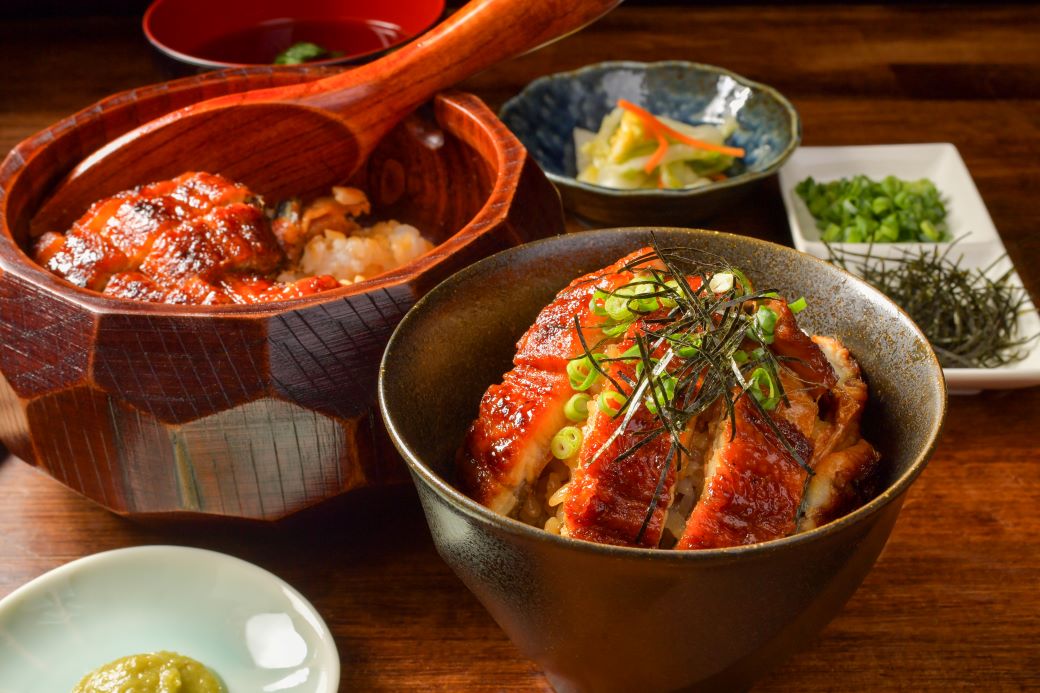
Hitsumabushi is a Nagoya specialty. It is made by chopping up grilled eel and mixing it with rice. It is served with condiments and dashi and can be enjoyed in a variety of ways.
There are many ways to enjoy Hitsumabushi, but today I will introduce the most common way to eat it. First, take a bite as is, without adding anything. After eating a little, add some chopped nori or spring onions to taste, then add more condiments and dashi to make it like ochazuke, for a different flavor. Finally, adjust the amount of condiments and dashi to taste to your liking. Even I, who am quite a foodie, get full after eating the premium version.
The recommended restaurant is "Atsuta Horaiken" near Atsuta Shrine in Atsuta Ward, Nagoya City. In fact, "Hitsumabushi" is a registered trademark of "Atsuta Horaiken", which is a leader in the Hitsumabushi world in Nagoya. If you go to Nagoya, be sure to visit it.
◎ This is what Aichi Prefecture is like ◎
Located in the Chubu region, it borders Shizuoka Prefecture, Gifu Prefecture, Mie Prefecture, and Nagano Prefecture. It has a population of approximately 7.47 million (as of September 1, 2024), the fourth largest in Japan. Its area is approximately 5,173 square kilometers. It has a kangaroo-shaped topography, with the flat western region being the most populated. It is home to the Chukyo Industrial Zone, Japan's largest industrial area, where the automotive and aerospace industries are thriving.

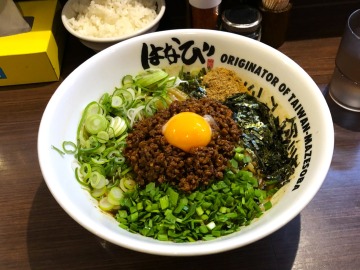
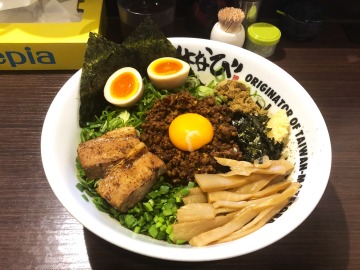
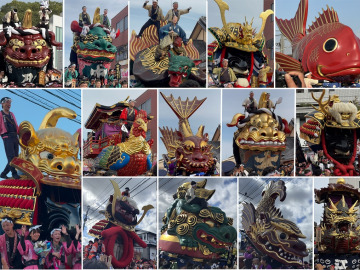
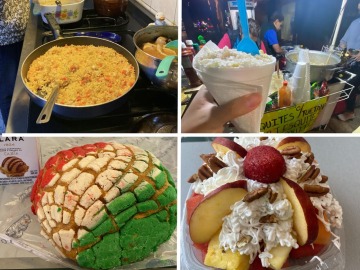
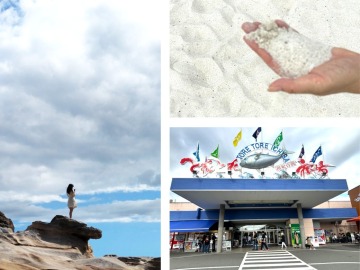

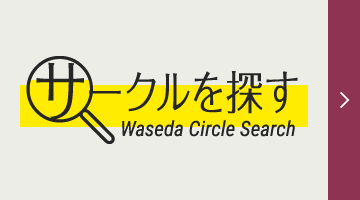
![[Save version] Map of the four main campuses](https://www.waseda.jp/inst/weekly/assets/uploads/2025/09/17cb2975123fc5103172ef60bd98608d-610x458.jpg)

